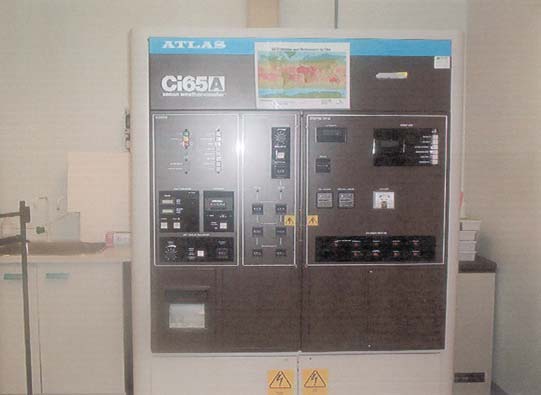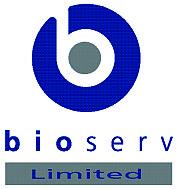 Skin cancers have become the most frequent neoplastic
disease in caucasians and light skinned people. This epidemic of skin cancer has been directly attributed to the carcinogenic action of solar radiation. UV spectrum solar radiation is classified as a human carcinogen. Even in poor solar climates, incidence of skin cancer is high with over 50,000 new cases every year reported in the UK. Celtic Type 1 skin types are particularly prone to skin damage from UV exposure. Two basic strategies are available to people to minimize risk of exposure � avoidance and protection.
Skin cancers have become the most frequent neoplastic
disease in caucasians and light skinned people. This epidemic of skin cancer has been directly attributed to the carcinogenic action of solar radiation. UV spectrum solar radiation is classified as a human carcinogen. Even in poor solar climates, incidence of skin cancer is high with over 50,000 new cases every year reported in the UK. Celtic Type 1 skin types are particularly prone to skin damage from UV exposure. Two basic strategies are available to people to minimize risk of exposure � avoidance and protection.
Modern sunscreens date from 1935 with the development of benzyl salicylate as a UV absorber. Solar UV radiation is divided into 3 bands: UVC (<280 nm), UVB (280-320 nm) and UVA (320-400 nm). Most of the UVC is absorbed by the upper atmosphere and the major form reaching ground level is UVA, with a lesser amount of UVB. Although the skin is exposed to higher levels of UVA, UVB is higher in energy and 1,000 times more damaging than UVA. Dermal absorption of UV produces short and long term skin damage. Both may be mediated by localised generation of singlet oxygen and superoxide anion. A longer term risk may result from the formation of cyclobutane dimers within cell nuclei resulting in genotoxic damage.
 Weatherometer in the CNMR
Expansive goals of a sunscreen manufacturer are: effective UVA/UVB barrier action, good skin adherence with water repellent properties and low dermal permeability and toxicity plus cosmetic acceptability. Researchers in the CBBR and Bioserv Ltd. in AIT have been working with an indigenous company, Irish Skincare Ltd., to evaluate and improve a new sunscreen formulation that largely meets all these user desirable targets. A unique filter combination in a silicone base complies with regulatory standards and maximises both screening and hydrophobic properties. The researchers have utilised a weatherometer to simulate skin exposure to UV and impedance spectroscopy to assess product adhesion to skin and other substrata.
Weatherometer in the CNMR
Expansive goals of a sunscreen manufacturer are: effective UVA/UVB barrier action, good skin adherence with water repellent properties and low dermal permeability and toxicity plus cosmetic acceptability. Researchers in the CBBR and Bioserv Ltd. in AIT have been working with an indigenous company, Irish Skincare Ltd., to evaluate and improve a new sunscreen formulation that largely meets all these user desirable targets. A unique filter combination in a silicone base complies with regulatory standards and maximises both screening and hydrophobic properties. The researchers have utilised a weatherometer to simulate skin exposure to UV and impedance spectroscopy to assess product adhesion to skin and other substrata.
(1)
Centre for Biopolymer & Biomolecular Research, AIT
(2)
Bioserv Ltd., AIT
(3)
Irish Skincare Ltd., Carlow.
Contact Dr. Paul Tomkins,
Athlone Institute of Technology,
Dublin Road, Athlone, Co. Westmeath;
Tel: 353 (0) 90 6424544;
E-mail:
[email protected]
|




